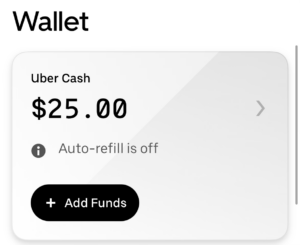Travelers (myself included) grimaced over the last 18 months as hotels and airlines throttled rates higher and higher amid a surging post-coronavirus pandemic demand for vacations.
However, travel costs appear to be steadying.
Hotel rates are up only 8% from a year ago, according to the latest consumer price index released Wednesday.
That may still seem like a hefty jump, but let’s put it into perspective: Hotel rates at one point in late 2021 rose nearly 26% from the prior year and were a leading driver of soaring U.S. inflation. This was after hotel companies advised owners to maintain higher rates during the worst months of the pandemic. Discounts weren’t going to incentivize people to travel amid government-ordered lockdowns.
While hotel rate growth might be slowing down, don’t hold out on the hope that hotel owners will reverse course and start discounting rates — even in these uncertain economic times.
“Two things can be true: Rate growth will mute, but that does not mean that room rates are declining,” said Jan Freitag, national director for hospitality market analytics at CoStar. “It’s just the rate of growth is decelerating. We’re not saying rates are coming down.”
People might have racked up excess savings during the pandemic, but travel companies were certainly doing their best to bite into the extra cash in many people’s wallets.
Hotel companies maintaining higher rates through the worst of the pandemic meant they could bounce back much quicker. Anyone who went to South Florida and paid $800 more than usual for a one-night hotel stay knows this all too well.
Given all the uncertainty in the economy and the expectation the U.S. will dip into a recession later this year, there are murmurs of how long hotel companies can play this game of pricing power. If excess savings are zapped and financial conditions worsen, surely lower rates are going to be needed to generate demand, right?
Not necessarily.
“What hoteliers are seeing is that the cost of running their property continues to go up, labor costs continue to go up, and we still have issues filling all the jobs,” Freitag said. “So now hotel owners are asking themselves, ‘Hey, am I not better off charging more but then giving better service to the people who I have coming through the door? My staff isn’t as stressed, [and] I can provide the service that they’re expecting when they pay these higher rates.’”
The CEOs of Marriott and Hilton both indicated earlier this year that they didn’t anticipate room rates to come down in 2023, as group and business travel both revived alongside international travel demand.
There’s a worker capacity factor also driving the decision to focus more on rate over occupancy levels. Even though hotels have generally outperformed pre-pandemic levels for some time now, overall employment in the hospitality sector remains about 2% below 2019 figures — and there was already a labor crunch before the global health crisis.
Of course, the profitability piece of the equation is also a very important factor.
“As an industry, we have traditionally been trying to maximize occupancy, but I think after 2020 and 2021, we realized, profitability-wise, we may be better off driving rate,” Freitag said.
Your next vacation will likely still be pricey, but at least it won’t be vulnerable to the soaring costs we saw just a year ago.



